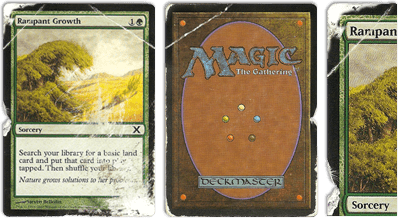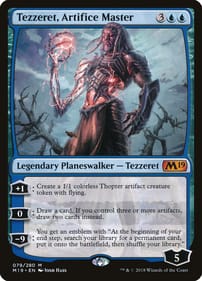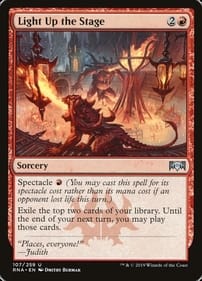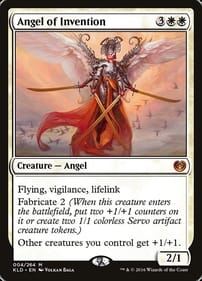Succulent


As spring is in full swing we’re ready to tend to our gardens, caring for last year’s plants and adding plants for the new season. Succulents are a perennial favorite, thanks to their ability to survive with minimal care.
Now Renegade Game Studios offers players a chance to care for their own succulent garden in Succulent. You’ll take on the role of horticulturist, tending to a community garden filled with succulents. Each turn you’ll prune cuttings and gather water droplets as you attempt to complete garden projects to earn victory points. Will you complete the projects that lead you to victory? Or will one of your opponents have a greener thumb that gives them the win?
HOW TO PLAY SUCCULENT
After randomly setting up the game board, each player receives two starting flower beds and a greenhouse. On your turn you’ll take one of two actions: either place a flower bed into the garden or place your token on a project card. After either action, you may complete a garden project card by turning in the required cuttings.
If you place a flower bed you’ll receive the cuttings you’ve covered up and if your flower bed is adjacent to a flower then that flower’s owner (yourself included) will receive water droplets as well.
If you place your token on a project card, then you’ll receive the listed flower beds.
Finally, you may complete one of the project cards if you have the required cuttings. Play continues until one player has placed all of their flowers into the garden or completed the predetermined number of projects.

SIMPLE TURN STRUCTURE YET STRATEGIC DEPTH
What makes Succulent so engaging is its simple turn structure and depth of strategy. Each turn you’re doing only one action, but that action can result in resource bonuses or completion of a point-scoring garden project card. For example, the importance of collecting water droplets becomes clear through gameplay. As you collect water droplets you’ll place them into your greenhouse. When one colored section is complete, such as red, you may turn in all of the water droplets in the red section and use it as a way to help complete a project card.
TILE-LAYING, RESOURCE MANAGEMENT, AND SET COLLECTION
Fans of the tile-laying mechanism made popular by games like Lanterns: The Harvest Festival and others will enjoy Succulent. Flower bed tiles offer immediate resources in cuttings and sometimes immediate water droplet bonuses as well (to you and other players), but it’s later in the game where strategically placed flower beds may yield even more bonus resources for their owners.
llection are important mechanisms in the game. And although it’s not a cooperative game, there is some element of semi-cooperative play involved in Succulent. As players place their flower beds in the garden, flowers will yield water droplets. These droplets are crucial to completing projects before your opponents.
For example, perhaps you placed a flower bed next to one of your flowers as well as one next to an opponent’s flower. Yes, they’ll earn a droplet, but so will you. You place the droplet immediately into your greenhouse and if it completes any color then you may use it to complete a project. You may have given your opponent a droplet, but since you’re first to act, you may be able to use your own droplet to complete a project before anyone else.
It’s one of the more clever aspects of Succulent that propels play: while a competitive game, there are times when you’ll end up to helping your opponents while helping yourself.
If you complete a project that has a player’s token (including your own), then they receive a large water droplet. These large droplets never leave your greenhouse and make it easier to use for its color. Put them on the right spot and they’ll also score any victory points shown on the space.

ANOTHER SOLID TITLE FROM AN ESTABLISHED DESIGNER
Like J. Alex Kevern’s previous Renegade release, World’s Fair 1893, Succulent features a quick and easy turn structure without sacrificing strategic gameplay. While World’s Fair 1893 relied on an area control mechanism to drive its action, Succulent is a tile-laying game at its heart, with set collection used to score victory points.
Succulent can be played by 2-4 players in about 30-45 minutes, making it a perfect title for a multi-session game night. The clear and concise rulebook ensures a quick teach and learn and with its streamlined play, Succulent will hit the tabletop early and often.
- •• Ruel Gaviola is a writer, podcaster, and content creator based in Southern California. A regular contributor to Geek & Sundry, The Five By, iSlaytheDragon, That Hashtag Show, and other websites, he’s also on the Board of Directors for the Tabletop Writers Guild and on the American Tabletop Awards committee. When he’s not playing board games, he’s writing, traveling, or enjoying a date night with his wife. Connect with him on Twitter @RuelGaviola and find links to his work at ruelgaviola.com.

 '
' '
' '
' '
' '
'



